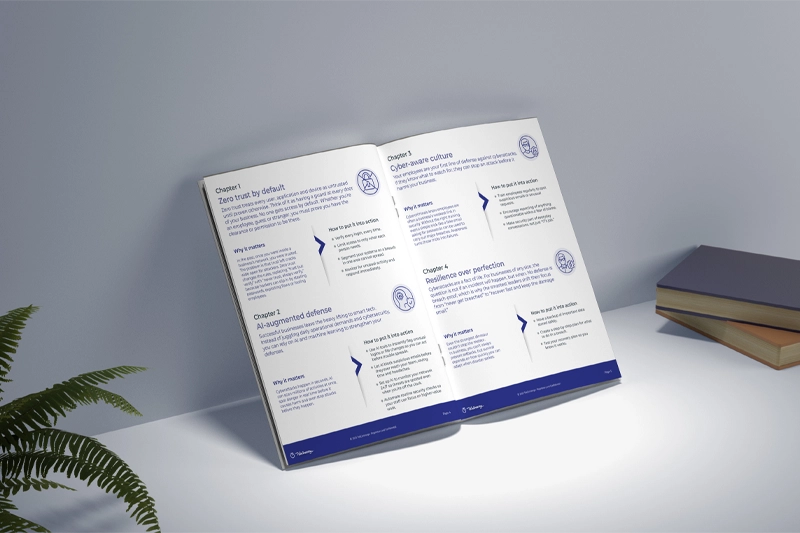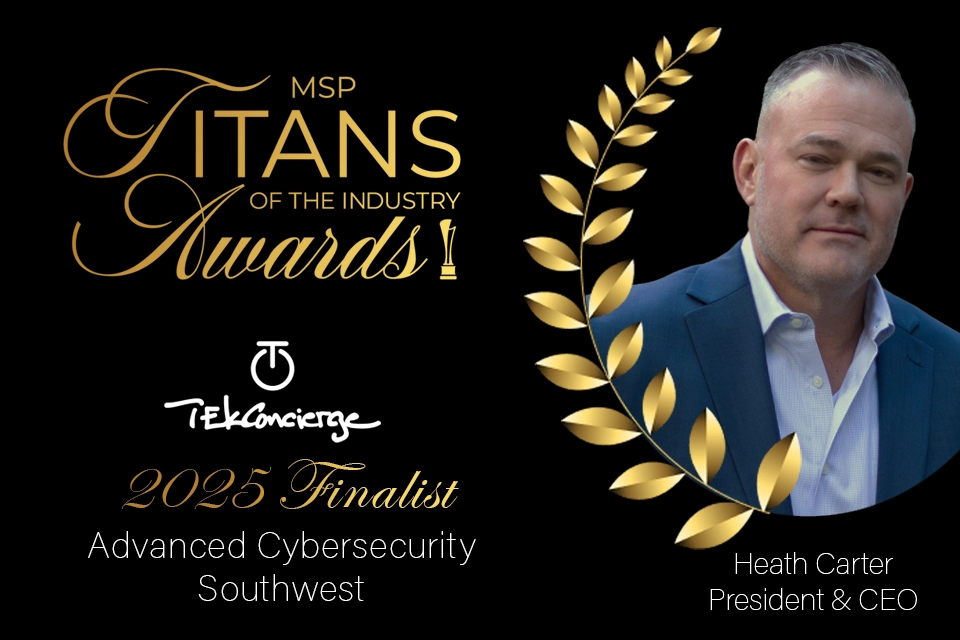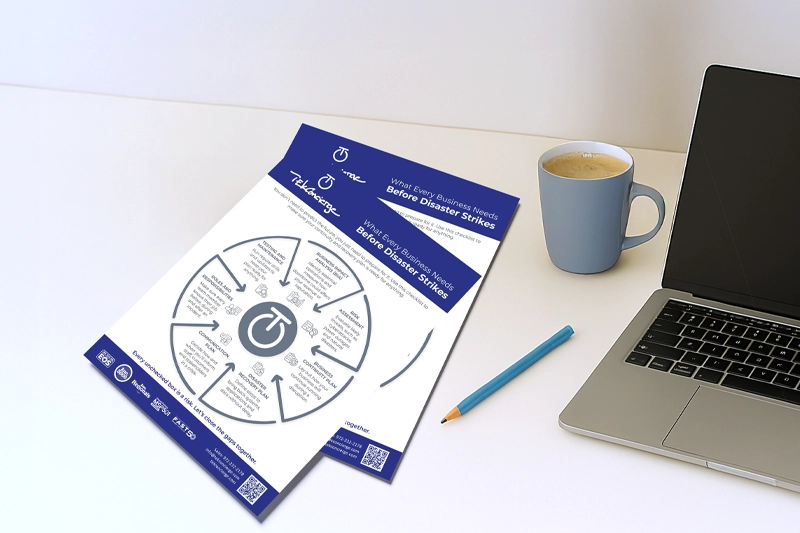
The Cybersecurity Extinction: Will Your Business Survive the Next Digital Meteor?
Millions of years ago, dinosaurs ruled the Earth. They were massive, dominant, and seemingly unstoppable. But one day, a meteor struck, and their reign ended in an instant.
Fast forward to today, and businesses face their own version of extinction-level events. AI-driven cyberattacks, sophisticated supply chain breaches, and deepfake-powered scams strike without warning, capable of erasing years of progress overnight.
If the impact came tomorrow, would your business survive?
The good news: you can see this threat coming. There’s still time to adapt and evolve, if you act before it hits. At TekConcierge, we help organizations build the resilience needed to thrive in an age where cyberthreats evolve faster than ever.
1. Zero Trust by Default
Zero Trust means no one gets access by default. Every user, application, and device must prove they belong before being allowed in.
Think of it as placing a guard at every door in your digital environment, always verifying, never assuming.
Why it matters:
Traditional networks operated on trust once you were “inside.” But attackers exploit that trust through stolen credentials or insider access. Zero Trust closes that gap by treating every connection as untrusted until proven otherwise.
How to apply it:
- Verify every login, every time.
- Limit access to what each role truly needs.
- Segment systems to prevent breaches from spreading.
- Continuously monitor for suspicious activity.
2. AI-Augmented Defense
Technology is your ally in this fight. With AI and machine learning, you can detect and stop threats faster than any human team could on its own.
Why it matters:
Cyberattacks move in seconds. AI can process millions of data points, spotting irregularities before they escalate into full-blown incidents.
How to apply it:
- Use AI to flag unusual logins or file behavior in real time.
- Let AI-powered filters block phishing emails automatically.
- Monitor your network 24/7, even when you’re off the clock.
- Automate repetitive checks so your team can focus on strategy.
3. Build a Cyber-Aware Culture
Even the most advanced tools can’t protect a business if employees don’t recognize threats. Your people are your strongest line of defense when they’re trained and empowered.
Why it matters:
Social engineering is one of the most common and successful attack methods. One unaware employee can unintentionally open the door to a breach.
How to apply it:
- Train employees regularly on phishing and scam detection.
- Encourage open communication and reporting of suspicious activity.
- Make security a shared responsibility across all departments.
4. Prioritize Resilience Over Perfection
Perfection isn’t realistic in cybersecurity. Resilience is. The question isn’t if an incident will happen, but how quickly you can recover when it does.
Why it matters:
Even the strongest defenses can fail. What matters most is minimizing downtime, preserving data integrity, and maintaining business continuity.
How to apply it:
- Back up critical data securely and test recovery regularly.
- Develop and document an incident response plan.
- Practice disaster recovery drills to ensure readiness.
5. Secure Your Supply Chain
Your cybersecurity is only as strong as your weakest partner. Vendors, suppliers, and third-party providers often have access to your systems, and if they’re breached, you could be next.
Why it matters:
Attackers frequently target smaller, less-protected organizations in a supply chain to infiltrate larger ones.
How to apply it:
- Audit vendor cybersecurity practices regularly.
- Restrict third-party access to only what’s necessary.
- Include cybersecurity standards in vendor agreements.
Adapt Before the Impact
Sixty-six million years ago, the dinosaurs didn’t see the meteor coming. They had no warning and no chance to adapt.
Today, you do. Cyberthreats are the meteors of our digital age, but with the right strategy, tools, and partners, you can evolve faster than the threats themselves.
At TekConcierge, we help businesses implement Zero Trust frameworks, AI-driven security solutions, and resilient recovery strategies that keep them safe, no matter what comes next.









